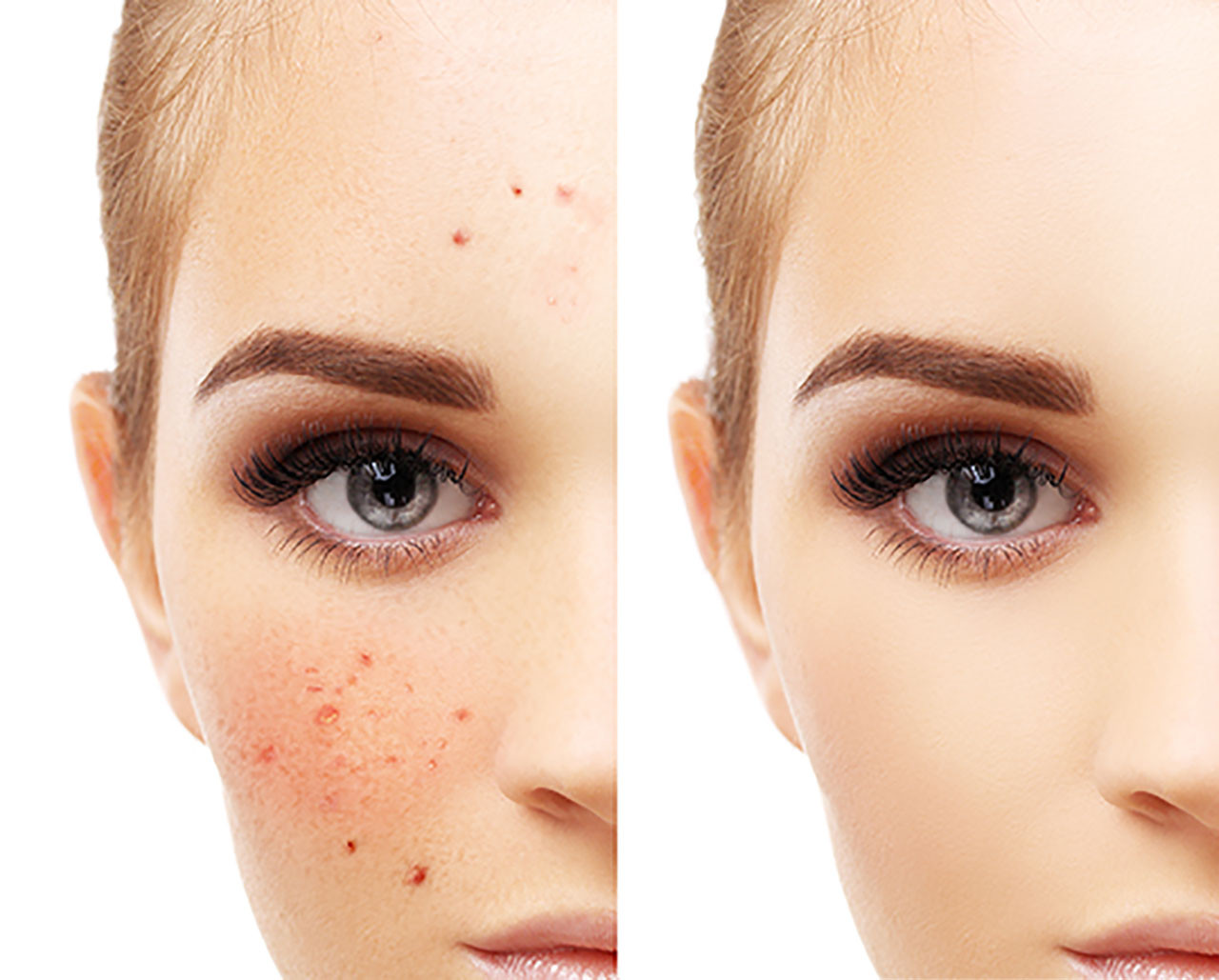
When it comes to treating acne, it’s common to focus on cleaning up and correcting blemishes, and eliminating the factors that are contributing to the acne. But a key part of effective acne treatment is wound healing.
Acne lesions are cellular wounds, and if left untreated, the wound may become a breeding ground for bacteria and increase the risk of permanent scarring. To help clients effectively heal the skin and restore it to optimal health, it starts with understanding the stages of wound healing.
The stages of wound healing
A wound, whether as a result of an acne lesion, burn or even a chemical peel, is a disturbance of the normal skin barrier and an alteration of the skin functions. Of course, there are varying degrees of wounds. For instance, chemical peels don’t create sub-surface wounds, but most acne lesions do, and knowing the stages of wound healing, will help you support the skin in properly healing.
Stage 1: Inflammation
The first stage of wound healing is inflammation, also known as the inflammatory response. There are four signs of inflammation: Edema/swelling, erythema/redness, heat, and discomfort or pain.
Inflammation, though it often has a negative association, is essential to the healing process. It sends a signal to the platelets to release epidermal growth factors (proteins), which attract cells to the injured area to help rebuild the wounded area. This is the start of the healing process.
Stage 2: Formation
The second phase of wound healing also begins in the early stages of the injury, and consists of three significant responses. The first is re-epithelialization. It begins within the first 24 hours and is the migration of keratinocytes to the base of the wound, which increases cell proliferation.
The second response, granulose tissue formation, begins on the second or third day. It is the migratory phase of wound healing, during which fibroblasts form the granulose tissue (a combination of molecules and cells) to fill the wound. Angiogenesis, the third response, is the formation of blood vessels, which increases the flow of blood to the wound to supply oxygen and nutrients.
Stage 3: Remodeling
This final stage begins after the inflammatory stage is complete, typically 5 to 7 days from the initial wound. It is this stage that is responsible for the texture of the skin, as it is when collagen builds, and again fibroblasts play a key role. During this remodeling phase, water will be reabsorbed, collagen fibers bundle closer together, and the epidermis thickens.
The entire wound healing process may take up to 30 days or longer depending on the depth of the wound. By understanding the stages and changes the skin undergoes, you can provide the appropriate treatments and home care to help clients speed wound healing and ensure an ideal outcome.
Repair and rebuild in the treatment room
With acne clients, to help repair wounds and reduce the risk of scarring, you’ll want to take a holistic approach, being sure to first reduce bacteria, increase exfoliation, then support with healing. In the treatment room, the following ingredients will support in healing and repairing acne lesions:
- Antibacterial and antioxidant: Ingredients like Salicylic and Mandelic will provide antiseptic and antioxidant support while stimulating surface exfoliation.
- Enzymes: A papaya enzyme or solution of hydrogen peroxide blending with salicylic, lactic and glycolic will help regenerate and heal.
- Flower extracts: Flower extracts like chamomile and edelweiss are rich in flavonoids and vitamin C, and deliver soothing, calming and anti-inflammatory properties to the skin.
- Zinc: A quality mineral SPF like zinc is always a must. It will help prevent damage to the skin prior to treatment.
Support wound healing at home
With compromised skin, it’s best to keep the regimen simple, using ingredients that provide calming and healing support. Again, you’ll want to continue to manage bacteria and inflammation (to help prevent more wounds from occurring) and gently exfoliate in addition to healing the skin. Key ingredients to support the skin through these stages include:
- Vitamin E – Chiraly Correct Form
- Epidermal growth factors
- Mandelic acid and arginine
- Totarol
- Zinc for sun protection and mineral support
- Arnica montana are also a great ingredient if your clients is experiencing any sort of discomfort or pain.
These are just a few suggested ingredients to support in wound repair. Of course, healing acne skin requires a custom approach depending on the client’s skin and the work you’re doing in the treatment room. The bottom line is wound healing and post care can’t be glossed over or an afterthought ––it has to be a part of the entire treatment plan from the beginning.
Question? What ingredients are you using to help support clients in healing acne lesio
